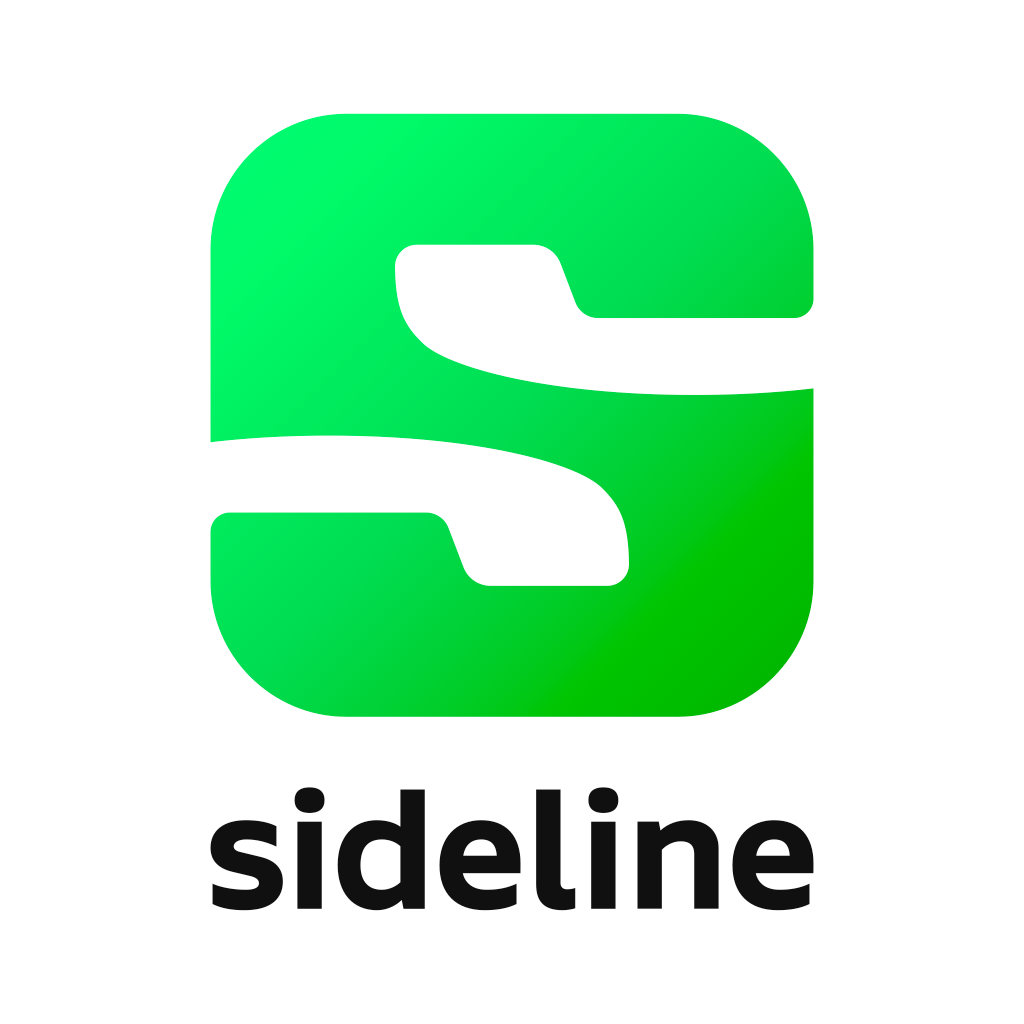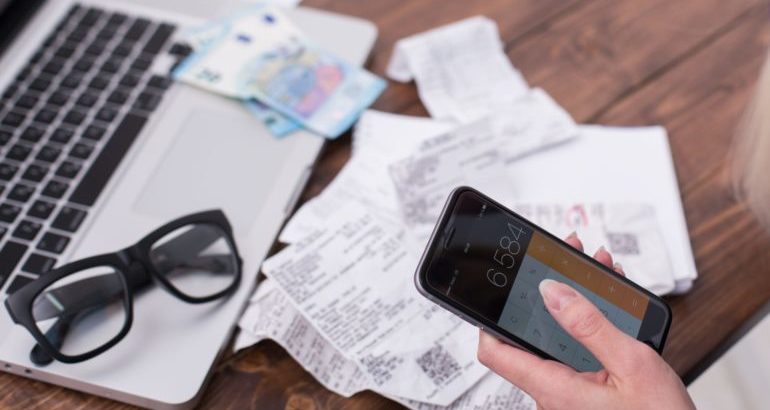The COVID-19 pandemic has impacted nearly every aspect of our lives for the last few weeks, including the deadline to file and pay 2019 federal taxes. The IRS has extended the deadline until July 15, 2020. Some states are changing to this deadline, while others are making their own, so investigate what your state is doing. While this extension might not matter for those of you who have already filed your taxes this year. Now that 2019 is behind you, it’s never to early to start getting organized so your 2020 taxes are easy to prepare.
Prevent the annual panic of finding a year’s worth of receipts or retracing all of your business travels. Put an end to sorting through stacks of paperwork ‘til the wee morning hours every time tax time comes around. Streamline your taxes by utilizing the power of your phone.
Chances are, like many on-the-go professionals, you already rely on your phone for the day-to-day running of your business or side gig. Why not use it to help with your taxes as well? Here are a few ways you can use your phone to make your taxes a less stressful affair.
Track mileage
The mileage deduction is a great way to offset the cost of your personal vehicle if you drive it for business purposes. For instance, if you drive to your clients for real estate, landscaping, pet sitting, etc. The rate per mile is determined by the IRS and varies from year to year. That rate was 58¢ in 2019 and is 57.5¢ for 2020. So, logging those miles seems like a duh move!
Yet, many of us don’t actually take the time to log every time we jump in the car to race to a client meeting or run a business errand. Using a mileage tracking app every time you drive for business gives you a detailed record that makes it easy to calculate your deductions come tax time.
Free tools:
- Stride – Launch the app, and it records your mileage by running it in the background as you drive, making it all the more effortless.
- MileIQ – The app’s free version lets you track up to 40 drives per month.
Paid tools:
- MileIQ – Upgrade your version for unlimited tracking and report generation (costs $59.99 per year).
- Mile Wiz – This is a more comprehensive mobile tool you can use for mileage tracking and logging expenses related to each trip, like gas, tolls, and parking (costs $49.99 per year).
Scan receipts and tax documents
If you’re self-employed, purchases like office supplies, computers, and marketing materials such as business cards are tax-deductible. It’s important to keep those receipts as a record if you aren’t diligent about tracking those expenses throughout the year. But, chasing down a year’s worth of receipts stashed here or there or sorting through a shoebox of receipts at tax time is a huge headache.
Instead, declutter your life and simplify next tax season by snapping pictures of receipts as you go, storing them in one paperless place in your phone. Also, as various tax documents start piling up in your mailbox, scan them right when you open them. That way they are all in one place when you finally sit down to your taxes, rather than slipped into various piles, folders, or drawers.
Free tools:
- Genius Scan – Allows you to create indexable PDF’s of your receipts. The app fixes the angle and lighting automatically so your scans look like a professional copy, not skewed or wrinkled or shaded by your hand or showing the table it’s sitting on.
- DocVault by TaxACT – This app provides you with 3GB of storage for encrypted digital copies of receipts.
Paid tools:
- Quickbooks – Receipt tracking is just one of the easy-to-use tax tool features in this comprehensive app.
- 1tap receipts – View and add notes to your receipts, then easily create expense reports.
Use notes, checklists, and calendars
Make life easier for yourself by jotting down your business’ monthly rental and utility costs in a notes app as those bills come in. It will give you a record of those expenses all in one place for next tax season. Speaking of being organized for the coming tax season…
Having a repeatable tax season checklist that you use each year can help you feel less overwhelmed every time this time of year rolls back around. Pulling up an organized checklist from years past and seeing your yearly to-dos broken down into digestible, step-by-step tasks is a great way to get focused on first things first with less dread when you sit down to do your taxes again. As you make your way down your checklist, you’ll have a visual reminder that you’re making headway, helping you stay motivated.
You can also track important billing dates, such as paying estimated quarterly taxes if you are a 1099 worker, on your phone so you can get timely notifications and reminders.
There are tons of organizational tools available on iPhones and Androids that help make complicated projects like taxes more organized. And the project checklists or boards you create in these apps can be saved and reused next year.
Free tools:
- Notes – This app comes installed on iPhones and is a simple, straightforward app to jot down checklists, quickly mark things as done, save it for next year.
- Agenda – This iOS app specializes in date-focused note taking and checklist creation.
Paid tools:
- Asana – This is a more robust organization tool, that in addition to checklists, lets you create timelines, workflows and kanban boards. They offer different tiers ranging from free to $24.99 per year.
- Remember the Milk – While Remember the Milk does offer a free option, the premium option that costs $39.99 per year offers more features like reminder notifications, color coding, task sorting and file uploads.
Calculate estimates
It never hurts to plan ahead and be prepared. Try putting together some estimates of how much you might be paying in taxes. Or how much you might be getting back on your tax refund. It can be a very helpful exercise. It can also help you set business goals and plan for the future. It’s also good to check out how different scenarios will pan out. For instance, claiming specific exemptions or deductions.
There are a number of free online calculators that can help you run the numbers. SmartAsset, TurboTax, and H&R Block all have a number of helpful information and calculators that can help with your estimates.
Use tax software
If you haven’t already, consider one of the many services that let you file your taxes online. Digital tax returns are not only faster but less prone to errors. Many online tax prep services also offer audit protection.
TurboTax, H&R Block, and Taxslayer are all popular tax preparation software that also have apps so you can easily access and upload any tax documents (like those receipts) that you have saved on your phone. These apps break things down into simple steps and use normal, human language to make the whole process less daunting than trying to fill out tax forms all by yourself. While tax software isn’t free, it’s definitely cheaper than hiring an accountant.
Track refunds
No matter if you do your taxes yourself, or have them prepared by a tax professional, use the IRS app to track your refund. With the app, you can check your refund status within 24 hours electronically filing a return, or within about four weeks of filing a paper return.
Get help if you need it
Hopefully, these tools can save you time and stress at tax time and throughout the year. But just because you have these tools, doesn’t mean you have to shoulder the burden of doing your taxes alone. It’s always a good idea to consult a tax professional if you have questions during the filing process.
Want more?
If you’re self-employed or a small business owner looking for more tips to help your small business, you might like some of our other blogs.









